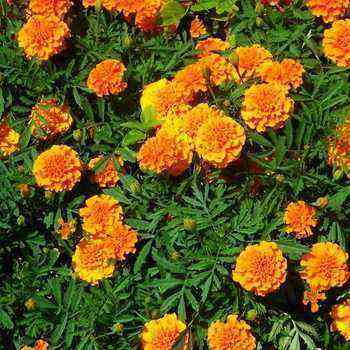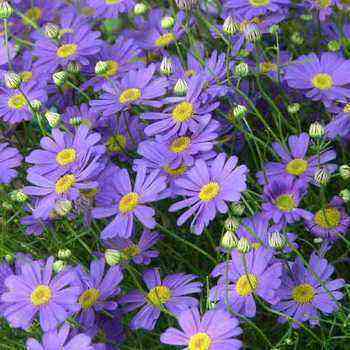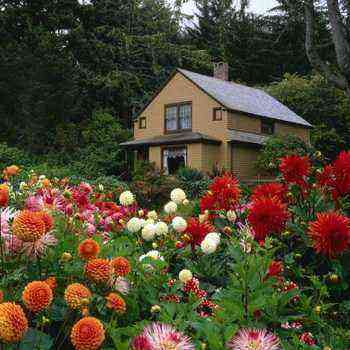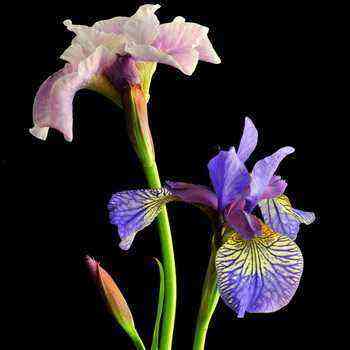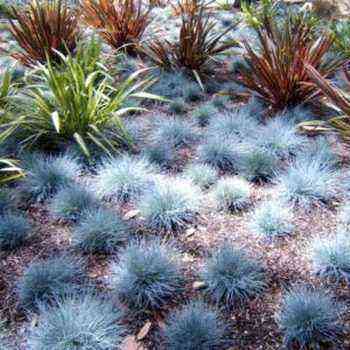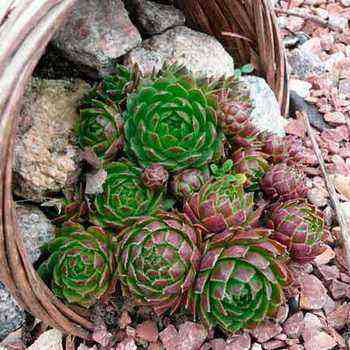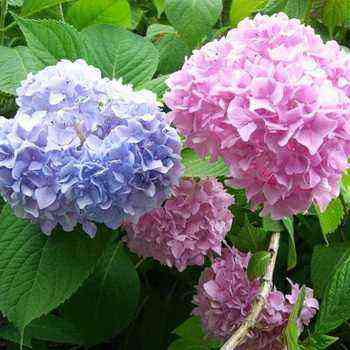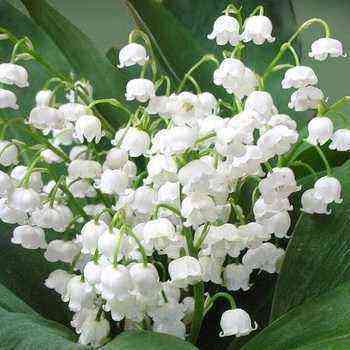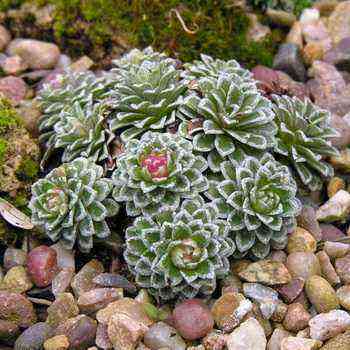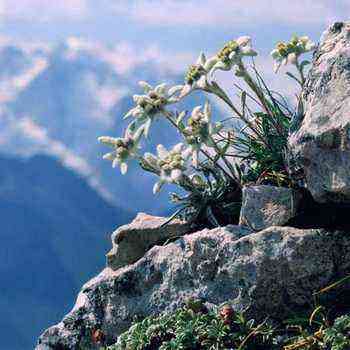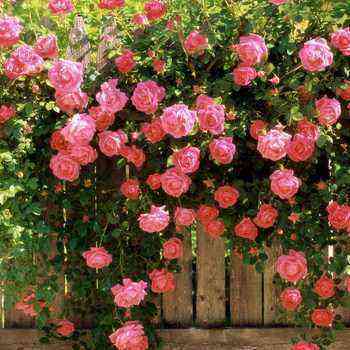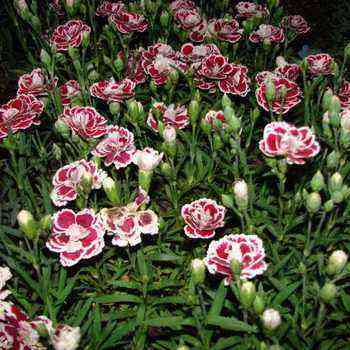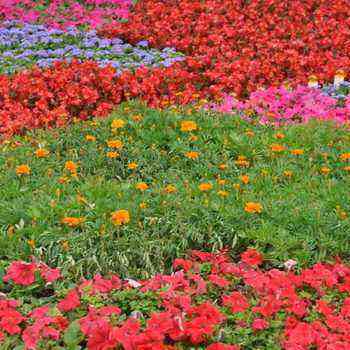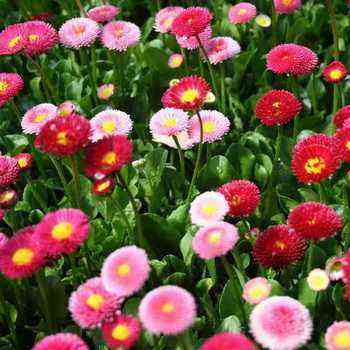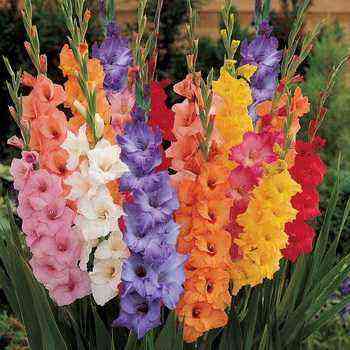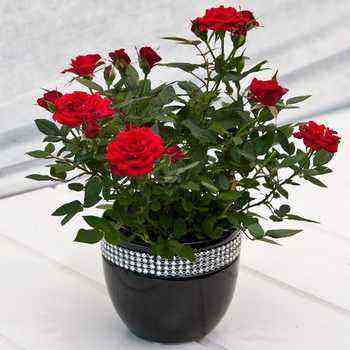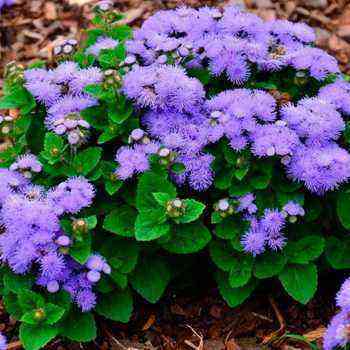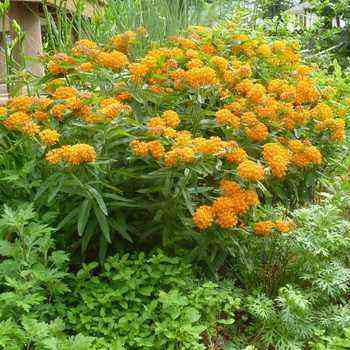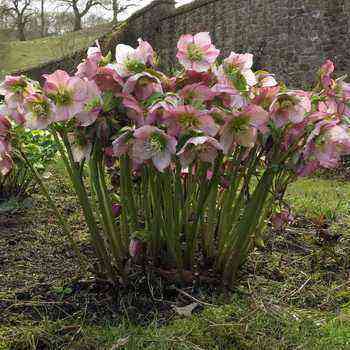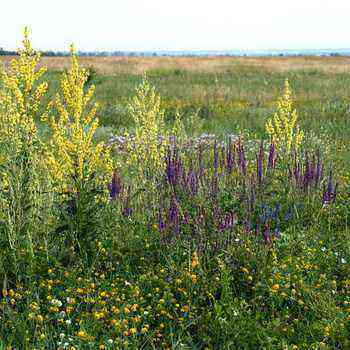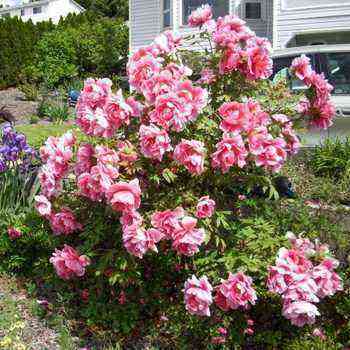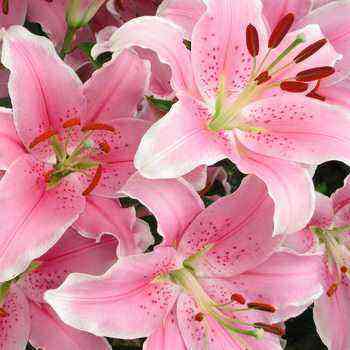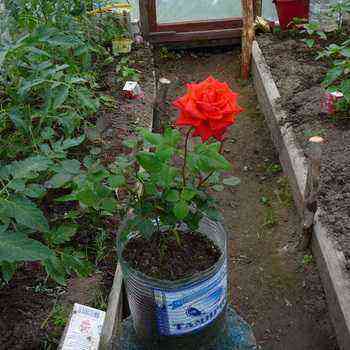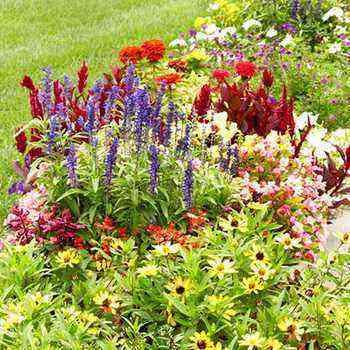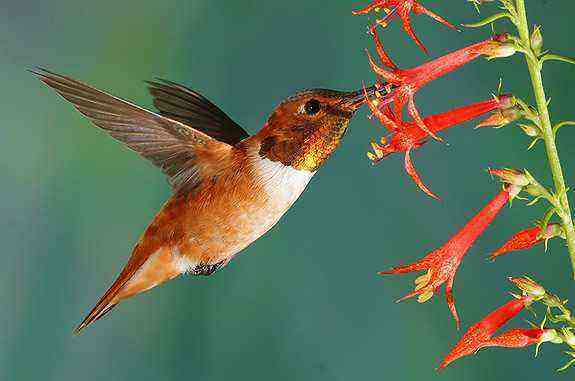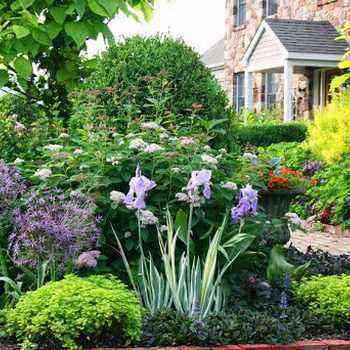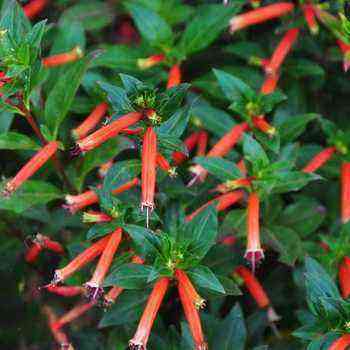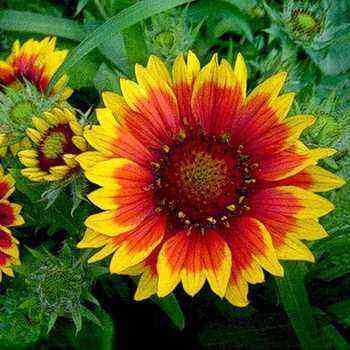 The Gaillardia flower got its name from the French judge and patron Gaillard de Charentono. A big plus of perennial Gaillardia is that this plant is very drought-resistant and cold-resistant, in areas with relatively warm winters, planting does not require shelter, and you can sow seeds as soon as the snow melts. Seedlings appear very quickly, literally after a week and a half.
The Gaillardia flower got its name from the French judge and patron Gaillard de Charentono. A big plus of perennial Gaillardia is that this plant is very drought-resistant and cold-resistant, in areas with relatively warm winters, planting does not require shelter, and you can sow seeds as soon as the snow melts. Seedlings appear very quickly, literally after a week and a half.
Description of Gaillardia and plant reproduction
This ancient floral plant is prized for its bright, joyful inflorescence coloration. According to the description, Gaillardia resembles mini-sunflowers with a bright red or burgundy center. The plant belongs to the Asteraceae family. Several species and varieties are known in culture. There are annuals and perennials with a dense basal rosette of elongated lanceolate leaves and numerous peduncles with one large inflorescence.
Gaillardia blooms profusely and for a long time from July to frost. It is unpretentious, drought-resistant, undemanding to soils, only young plants need to be watered. Perennial species grow in one place for up to 5 years. Blooms in the year of sowing.
Reproduction of annual Gaillardia is carried out by seeds, and perennial can be planted by dividing the bushes, the best time is spring. Prefers sunny areas. Plants are cold-resistant, not damaged by spring or autumn frosts, but in severe and little snowy winters they can freeze out, so it is advisable to cover the plants with fallen leaves for the winter.
Gaillardia seeds are harvested as they ripen from the best inflorescences pre-selected in shape and color. They are sown in early spring directly into the flower garden, in nests of 3-4 seeds, at a distance of 25-30 cm. Seedlings appear in 10-12 days. Can also be grown through seedlings.
Types and varieties of Gaillardia
There are about 20 types of Gaillardia, among its varieties there are plants with double original flowers and non-double ones.
Pay attention to the photo of Gaillardia – the color of flowers can be from white, cream, yellow to orange, red, dark red in pure form or in elegant combinations, with a contrasting border or spots, with a brown or black center:
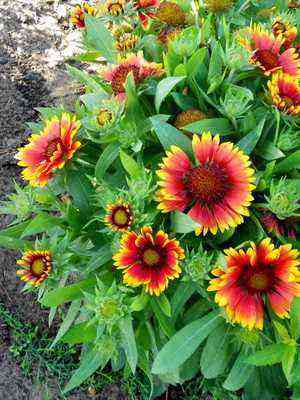
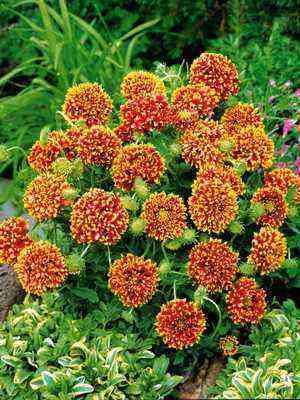
Tall (up to 60-80 cm) varieties are used for cutting. Cut flowers are stored in water for a long time.
Remember, Gaillardia does not tolerate excess moisture on a flower garden!
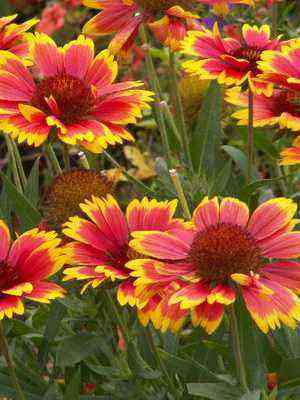
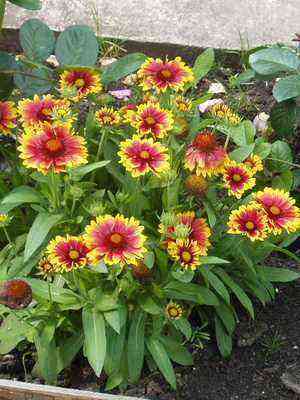
“Arizona Sun” – the smallest and most compact perennial Gaillardia, blooming all summer. The inflorescences-baskets are very large, up to 9 cm in diameter, like suns, fill the garden with a bright color. Height – 25 cm.
As an express perennial, it blooms in the year of sowing, starting to bloom earlier than other varieties. Ideal for containers and perennial borders.
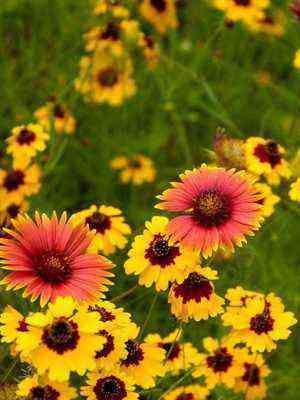
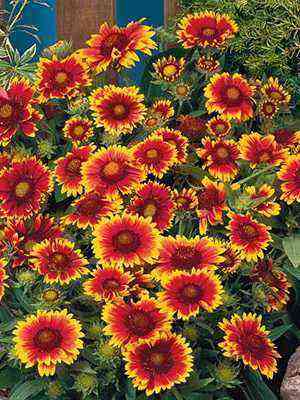
Gaillardia beautiful “Yellow Feather”, “Red Summer” – its terry compact varieties are presented in two complementary colors. Plant height – 30 cm.


“Lorenziana” – a spectacular variety with original terry inflorescences. An excellent plant for outdoor gardening, creating bouquets and compositions. Used in group plantings. Height – 60 cm.
Bright double inflorescences abundantly cover numerous peduncles, effectively illuminate and revitalize your garden with their cheerful color. Plants are beautiful in borders and perfectly keep their shape, without decaying from rain and wind and preserving the beauty of their inflorescences. Due to their compactness, they grow remarkably in flowerpots, containers, balcony boxes.
